Good Weeds in the Garden: Eating Weeds
10 Common garden weeds that aren’t your enemies, in fact, they are your friends.
Yes, there really are good weeds in the garden.
I love gardening. Long before the snow melts you can find me poking seeds into potting soil whilst dreaming of the summer sun and earth.
I sometimes start planting too early before the ground has warmed enough to support growth. Peas and onions have become my friends. They don’t mind chilled roots and frosty nights.
Gardening is good for the body
Gardening is good for the body. It gives exercise and nourishment. Sunshine increases vitamin D levels and lowers blood pressure. Hospitals have used therapeutic gardens for well over a thousand years. Gardening reduces the risk of memory loss. It has also improves dexterity and strength. Why go to the gym when you can go to the garden and burn off about as many calories?
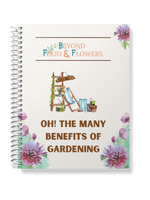
TAKE BACK YOUR VITALITY!
Learn more about the health benefits of gardening and get some good tips and instruction too.
Gardening is even better for the spirit
Gardening is perhaps even better for the spirit. Long winter nights and short, cloudy days take a toll on everyone’s spirit after a while. If you live with snow on the ground for six months or so you know what I’m talking about. Studies have repeatedly shown the emotional benefit of working in a garden space. Even prisoners utilized medical services less often when given a view of the outside, and even greater benefit was found from actually growing plants.
But growing vegetables and flowers isn’t all….well… vegetables and flowers.
There are those inevitable hot humid summer days when I wonder about my friends at the lake. Sure, I could go too, and sometimes I do, but mostly I’m pulling weeds and cultivating soil. I’m probably even planting more seeds for succession plantings. After all if you want a steady stream of lettuce you have to keep putting in new plantings.
Weeds. Weeds. They are endless. The native plants of my home have vitality the cultivated vegetables lack.
So I sweat and pull. I admit I sometimes let them get ahead of me.
I used to really resent the weeds. After years of lovingly cultivating I expected the weeds to just stop. They do get fewer, but they never give up entirely. I have fabric weed barrier mats that I use but they make stirring up the soil tough. I save the mats for under squash and then throw a few down when the harvest gets so busy I don’t have time to weed any more.
Then I found out something AMAZING!
Many garden weeds are not my enemies or yours.
In fact, here are ten garden weeds that are your friends.
They are your friends because you can eat them. And I’ve tried them and these are 10 that I think are very tasty.
Please be sure you know what you are eating. I’m not right there with you to say yea or nay. But here are ten common garden weeds that aren’t your enemies.
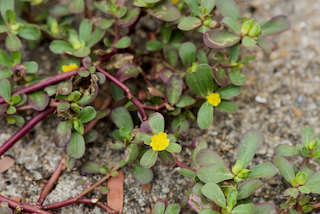
Purslane: (Portulaca oleracea) This is one of the first weeds in the spring. Purslane is a succulent and is about 95% water. Also called pig weed it has very round red stems and tiny green leaves. The flavor is sweet. Purslane is wonderful in salads and can be cooked as well. Don’t confuse purslane with spurge. Spurge has thin stems. Not at all like a succulent. And spurge has dots on the leaves.

Plantain Weed: This is a very common weeds in yards and gardens. It is not the thing that looks like a banana. Plantain weed can be eaten any way that spinach is eaten. It is best in the early spring before it flowers. After flowering the leaves will become tough, stringy and bitter. Plantain weed also makes one of the best healing salves. If you haven’t made a salve you can always crush up the leaves and put them on a cut or irritation and cover with a gauze pad or bandage.
Many more weeds are not your enemies:

Dandelion: It would never be fair to leave dandelion off this list. The cheery yellow flowers are very nutritious and make great jelly. Coat the flowers in batter for hushpuppies or just added to a stir-fry. The leaves are available as soon as the snow melts. Dandelion greens have been responsible for the survival and health of many a family after a long winter. The leaves are packed with iron. The roots can also be eaten. Oh that garden challenge of getting the entire dandelion root. The roots are best after roasting in the oven. Try roasting the roots then grinding them up and making tea. A strong dandelion tea tastes a bit like coffee. Dandelion roots are a diuretic. They make you pee more. Dandelions are high in potassium, magnesium, antioxidants, calcium, vitamin C, vitamin B6 and vitamin A.
Even More Good Weeds in the Garden:
Sheep Sorrel: This little weed is in the buckwheat family. Aside from being yummy, sorrel has been used to treat inflammation and scurvy (vitamin C deficiency). It grows in a clump of tightly packed arrow-shaped leaves. Sorrel forms a stalk of red flowers. The leaves and stems have an apple flavor. Mix sorrel with salads, and with fish.
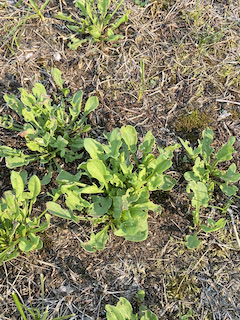
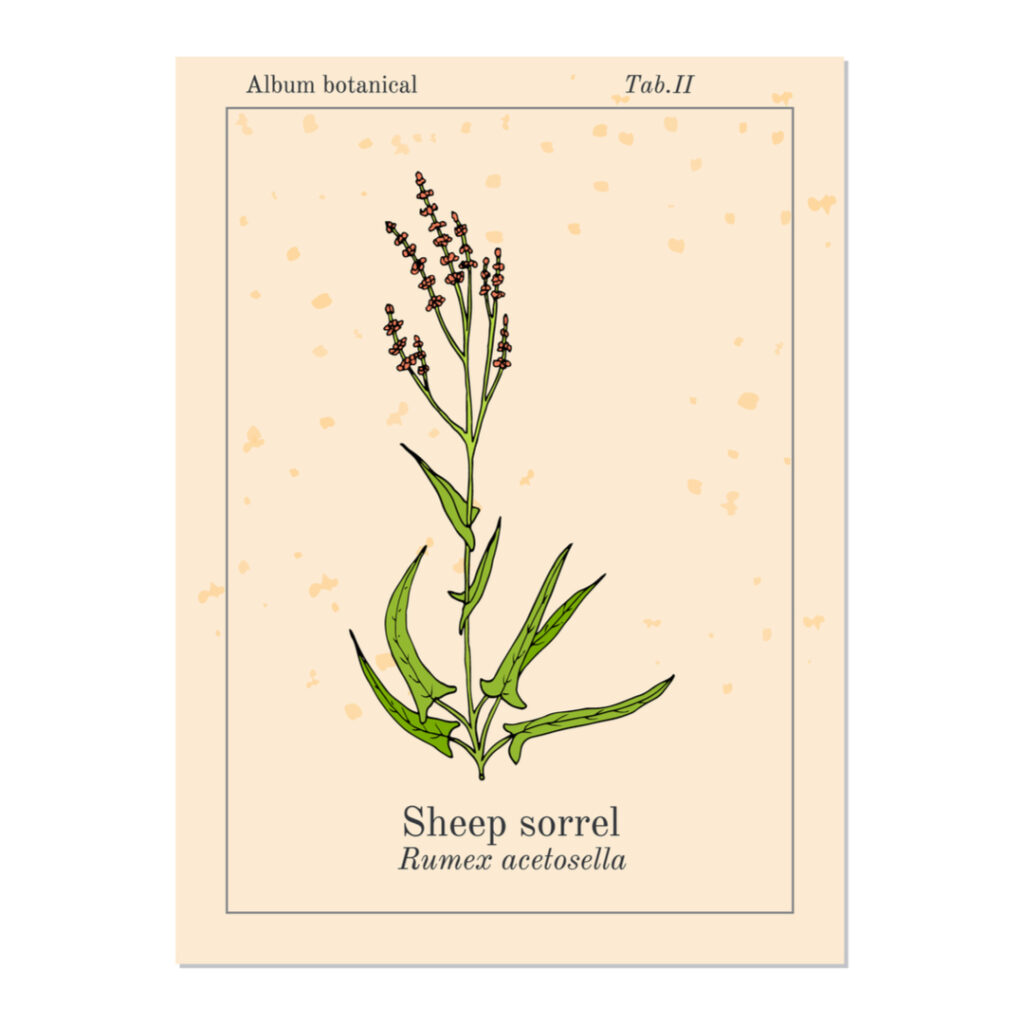
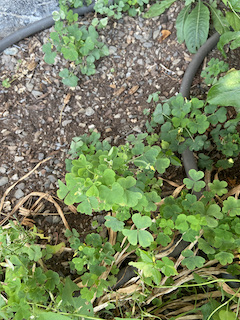
Wood Sorrel: This is another sorrel. It doesn’t look anything like Sheep sorrel. This one looks like very delicate clover. The leaves are in sets of 3 just like clover leaves are. It makes tiny yellow flowers. Wood sorrel has a lemon flavor. I keep a small patch of it because it is just that good. It’s good in a salad, but also can be blended with butter for a lemon spread. Add some honey to the wood sorrel butter for an extra delicious treat. Sorrel adds a light lemon flavor to soups and teas.
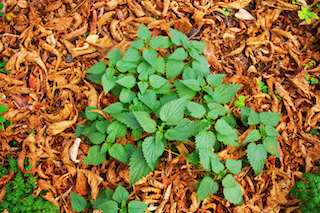
Stinging Nettles: Yes! The same plant that will leave you with a prickly rash is very tasty. Use the young leaves because the more mature ones have a rough texture. Steam or boil the nettles. This removes the “stinging”. Use the liquid from boiling as a healthy tea. Use the leaves in any way you would use spinach. Stinging nettles taste almost exactly like spinach. Nettle has been used to treat inflammation, prostate enlargement and hay fever. Nettles have high levels of antioxidants.
And there are still more good weeds in the garden:
Burdock: Burdock is another very annoying weed. The root is often 2 feet long or more. Burdock makes those ball shaped velcro-like seed heads that get stuck on clothing and in hair. The good news is burdock is edible. The leaves are crushed and used to treat skin infections. Many Asian cultures cultivate burdock. It is known as gobo in Asia
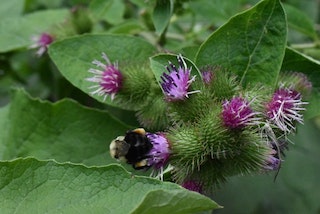
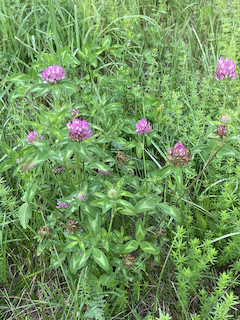
Red Clover: I can’t say enough about red clover. It’s great raw or cooked. Clover tea is very healthy. Clover is recommended for colds, flu and coughs.
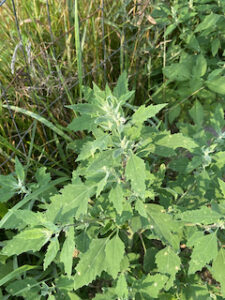
Lamb’s Quarters: One plant can produce up to 75,000 seeds! Lamb’s quarters is in the same family as quinoa. The seeds have soponins (natural soap) so eat sparingly if at all. The weed grows tall; maybe 3 feet or so. I know. The goose foot shaped leaves have a dusty appearance. Eat the leaves, stems and flowers. Use the leaves in place of any other green leafy vegetable.
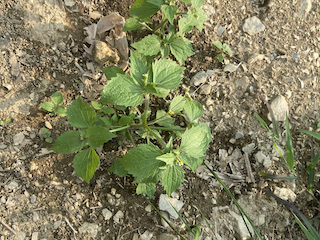
Quick Weed: Then there is Quick weed, also called galingosa. Quick weed pops up quickly. One day the garden is beautiful. The next quick weed has taken over. Quick weed has almost no flavor and can take the place of anything. It contains calcium, iron and vitamin C.
Eating the weeds.
So there you have it. 10 common garden weeds that are your friends.
Next time you are in the garden, sweating and pulling weeds, look for these friends. Once you are sure of the plant try a taste.
Next, Look for recipes online.
Then start looking at all of the health benefits these little power houses have.
Bibliography for those interested in further reading:
- Park, Sin-Ae et al. “Benefits of Gardening Activities for Cognitive Function According to Measurement of Brain Nerve Growth Factor Levels.” International journal of environmental research and public health vol. 16,5 760. 2 Mar. 2019, doi:10.3390/ijerph16050760
- https://stjoesfarm.org/2020/07/09/a-brief-history-of-hospital-gardens/
- https://www.health.harvard.edu/diet-and-weight-loss/calories-burned-in-30-minutes-of-leisure-and-routine-activities
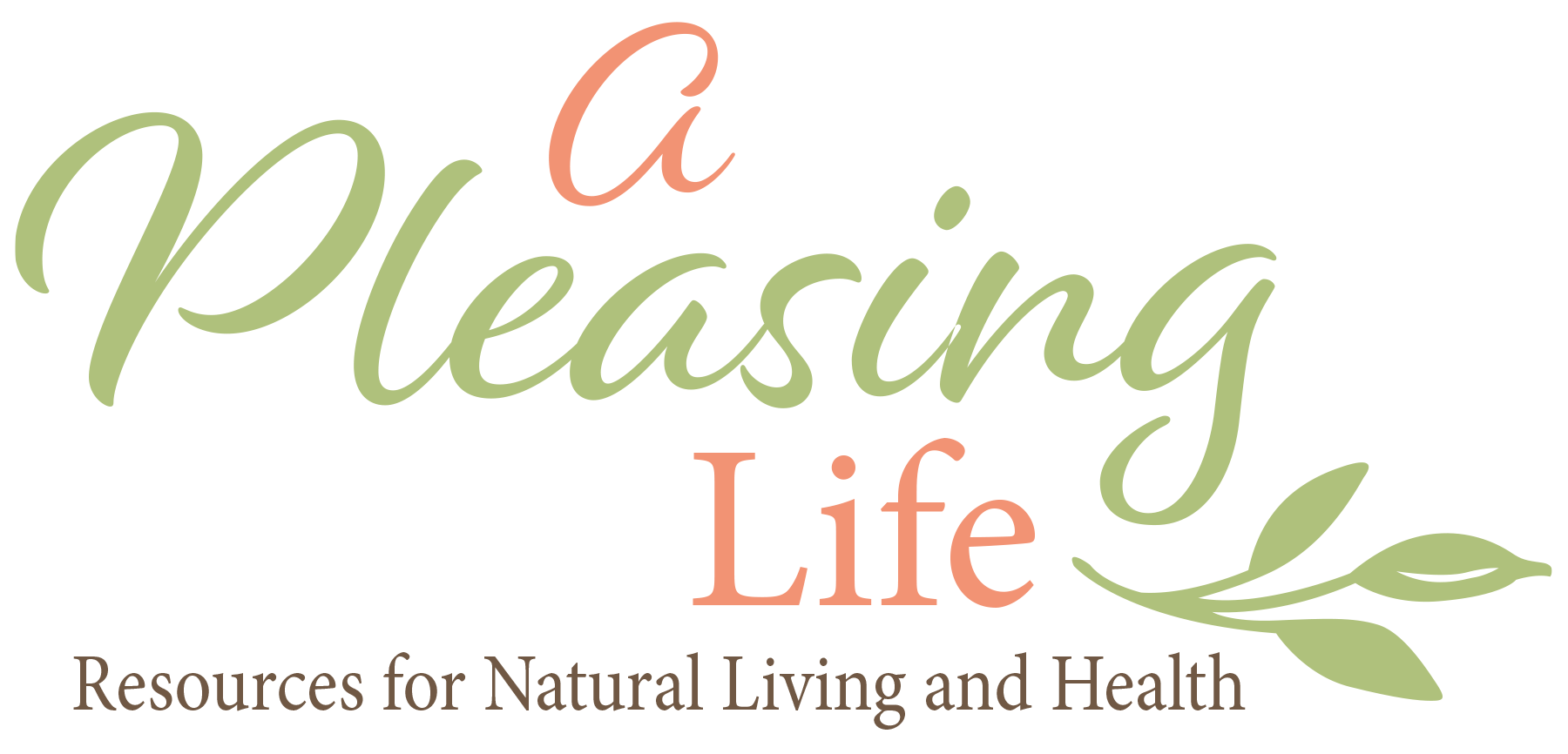
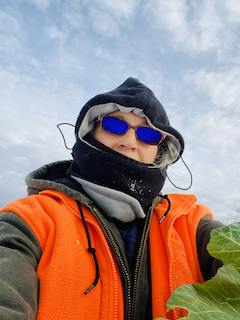


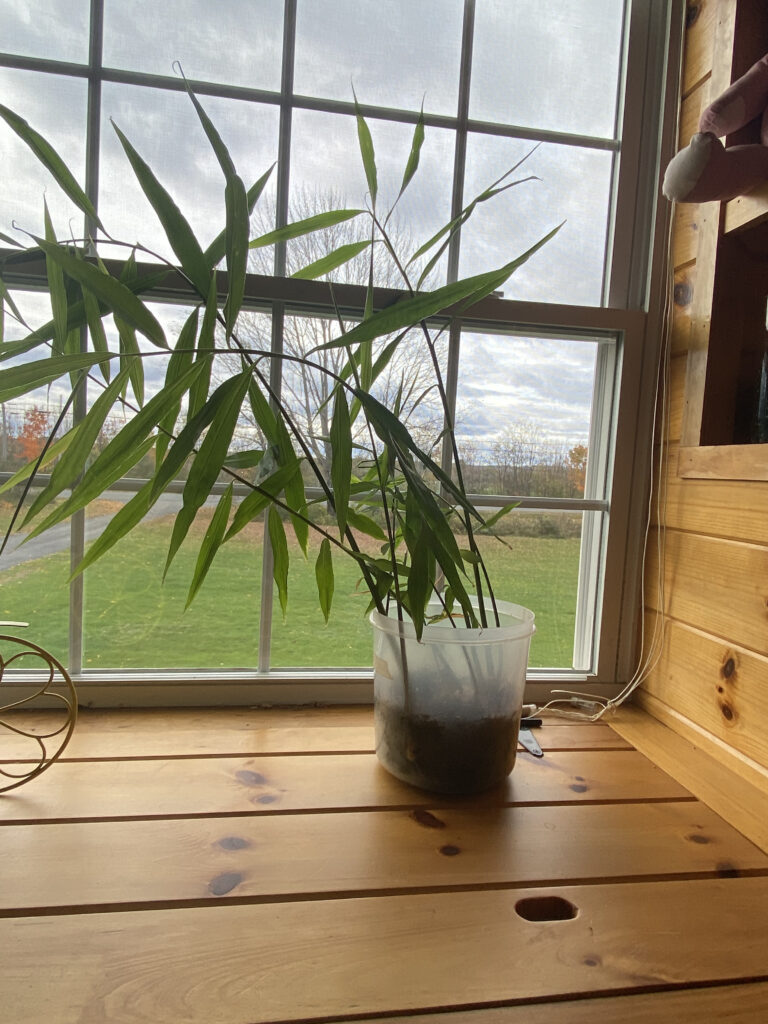

I can personally attest to the plantain being a friendly weed! It helps reduce the swelling of stings for me significantly when applied directly after being stung.
Thank you for helping us remember to rejoice in the abundance of the earth in all it’s forms!